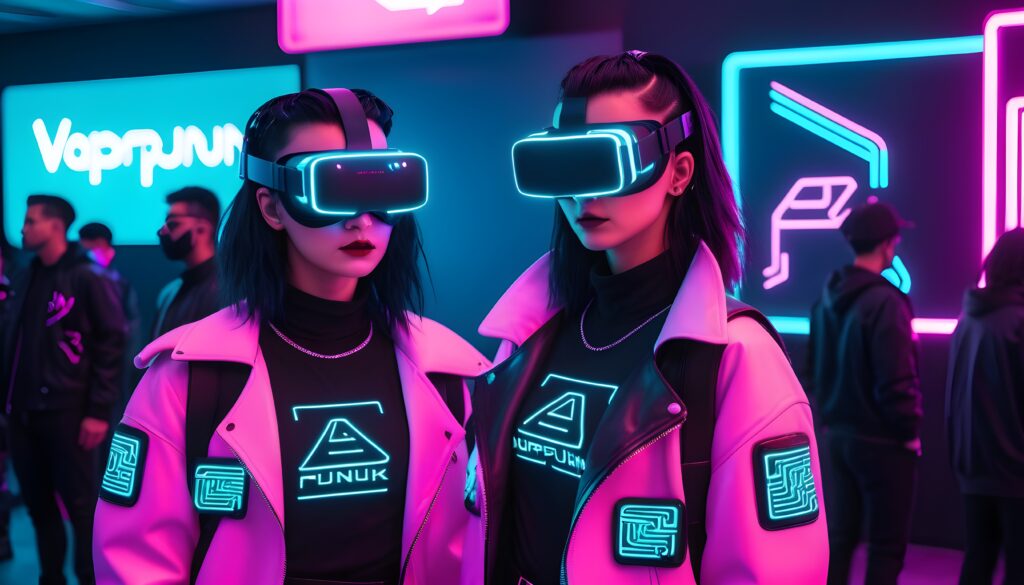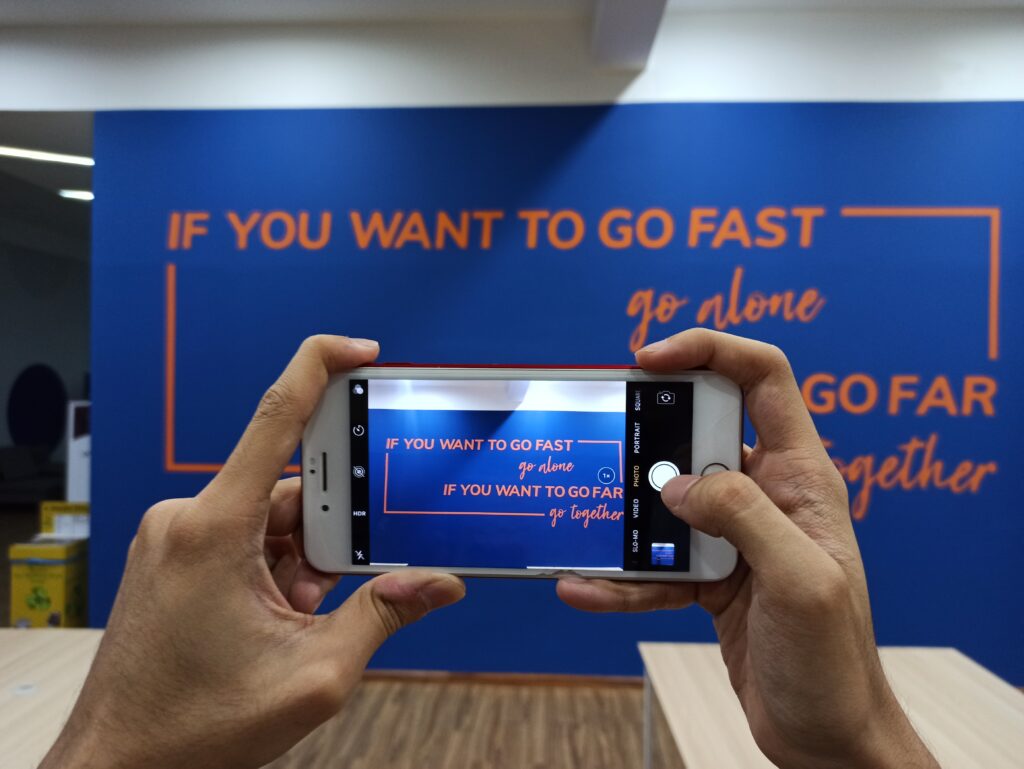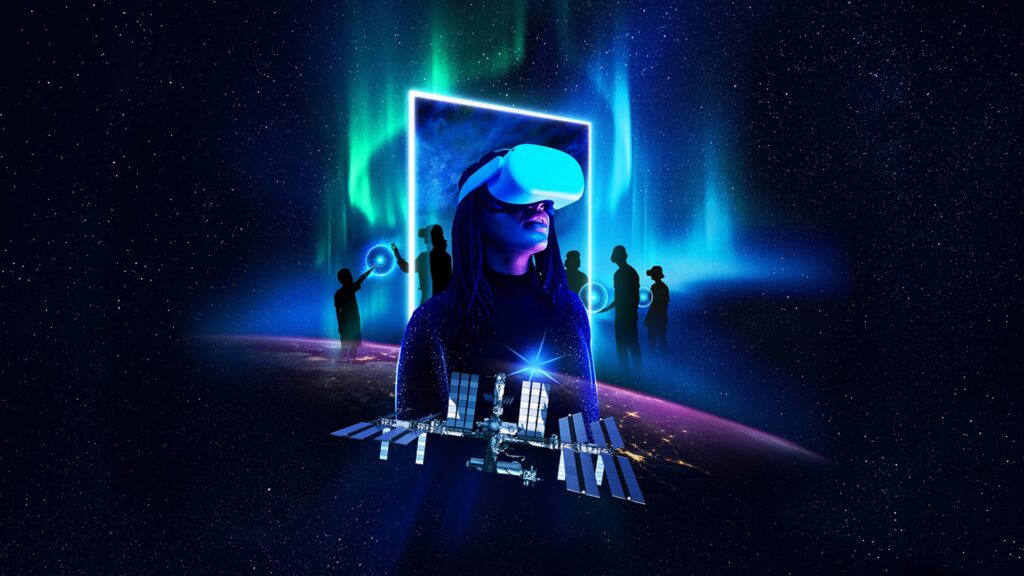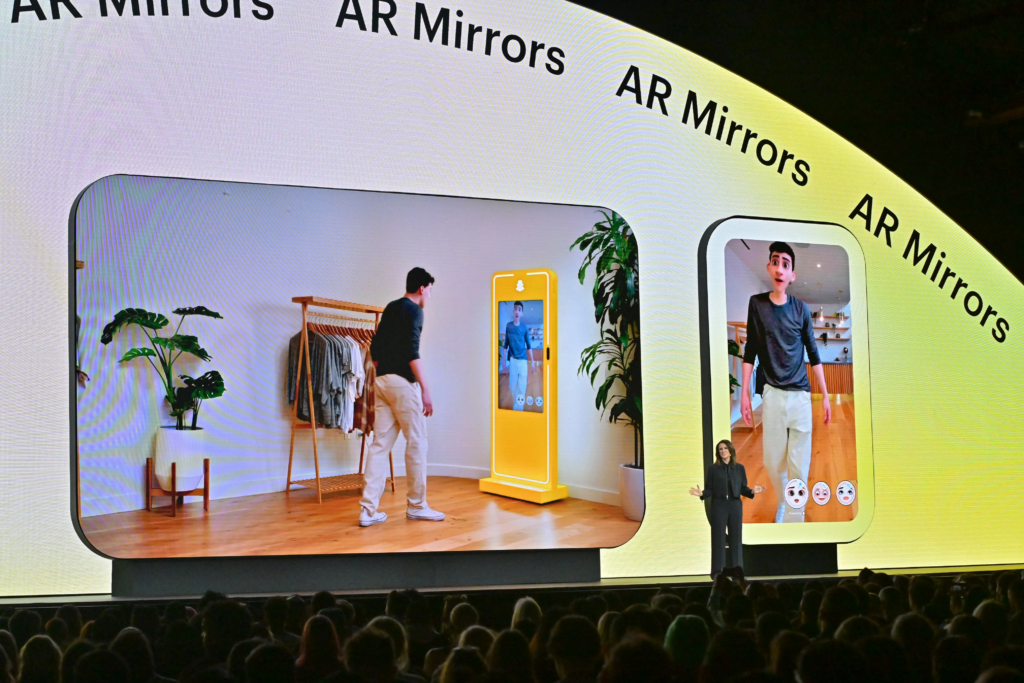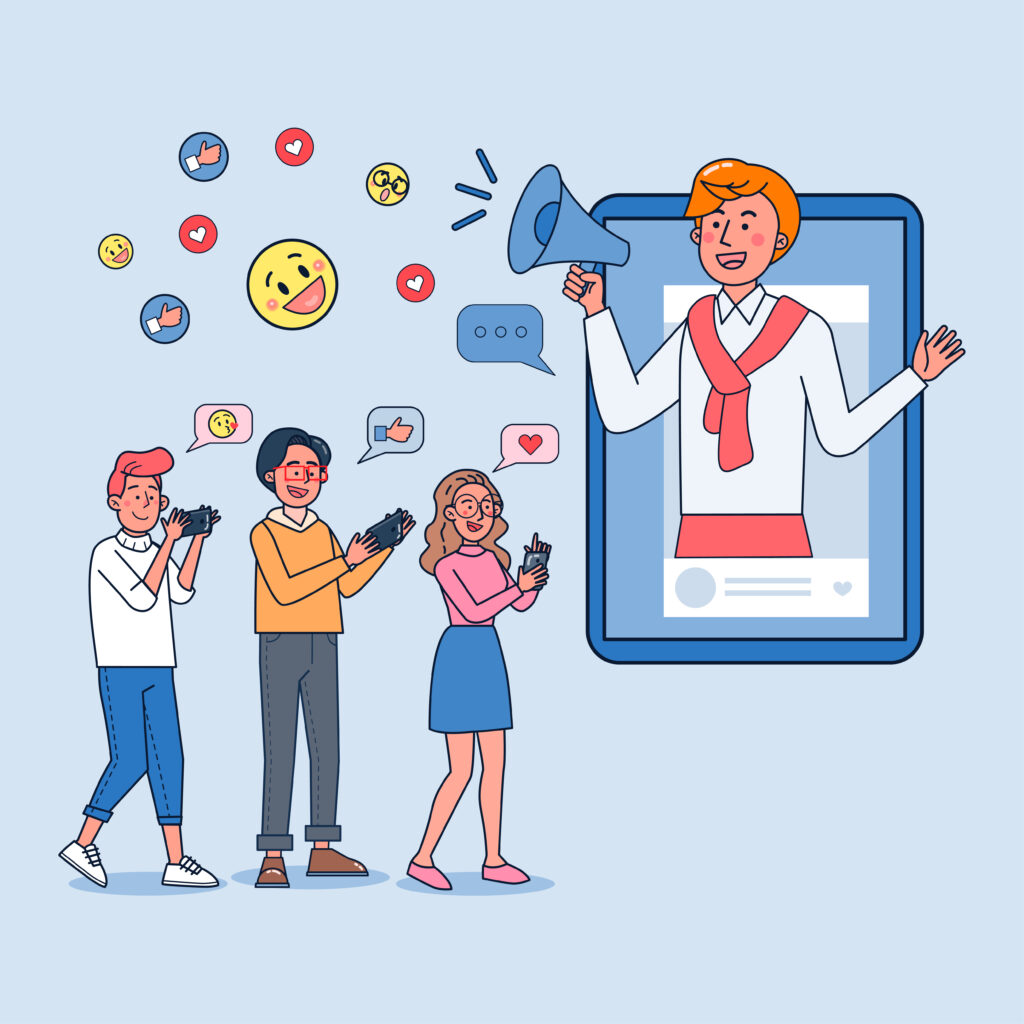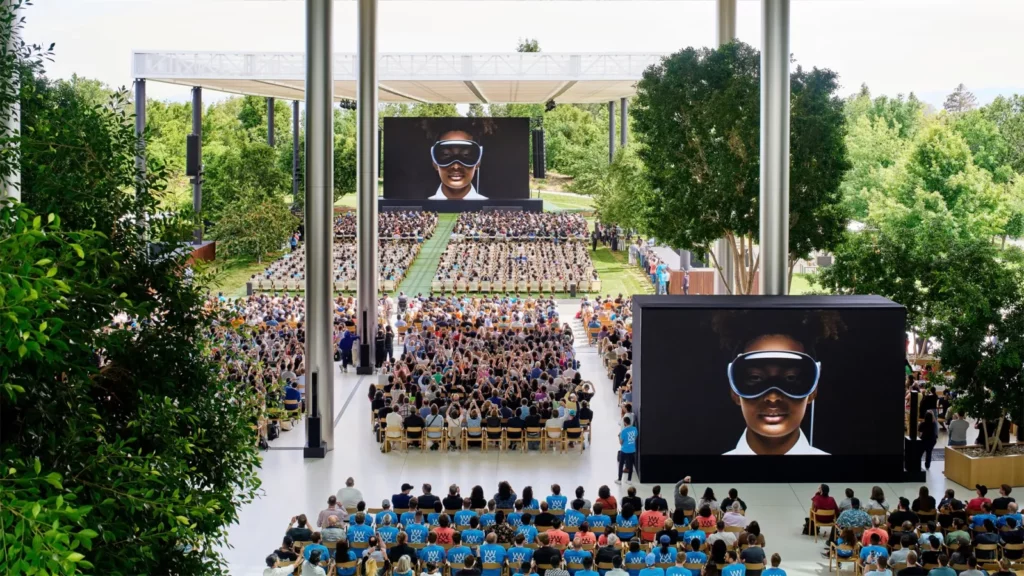In today’s fast-paced and digitally-driven world, traditional marketing tactics are no longer enough to captivate consumers and drive meaningful engagement. Enter experiential marketing – a dynamic approach that immerses audiences in memorable brand experiences, forging deeper connections and driving conversions. In this blog, we’ll explore the essence of experiential marketing, why brands need it, key strategies to implement, and real-world examples that showcase its power.
What is Experiential Marketing?
Experiential marketing is all about creating immersive and interactive brand experiences that captivate and engage consumers on a deeper level. Unlike traditional advertising, which relies on passive consumption, experiential marketing invites audiences to participate actively, fostering emotional connections and lasting impressions. From event activations to guerrilla campaigns, experiential marketing seeks to create moments that resonate with consumers and drive desired actions.
Why Brands Need Experiential Marketing
- Deeper Engagement: Experiential marketing allows brands to engage audiences in meaningful ways, fostering deeper connections and brand loyalty.
- Memorable Experiences: By creating memorable brand experiences, experiential marketing leaves a lasting impression on consumers, driving recall and recognition.
- Driving Conversions: Through immersive experiences and interactive activations, experiential marketing can drive conversions and sales, ultimately impacting the bottom line.
Experiential Marketing Strategies
- Event Marketing: Events provide a platform for immersive brand experiences, from product launches to pop-up activations. By creating awareness and anticipation, brands can attract attendees and drive engagement. For example, Nike’s immersive running events engage participants in unique experiences, from urban races to virtual challenges, driving brand loyalty and community engagement.
- Guerilla Marketing Campaigns: Unconventional and surprising, guerrilla marketing campaigns capture attention through unexpected means, sparking curiosity and driving interaction. For example, IKEA’s “Random Acts of Furniture” surprises commuters with pop-up living rooms at bus stops, showcasing IKEA products in unexpected settings and sparking conversation.
- Pop-Up Shops: Temporary retail experiences allow brands to showcase products, engage with customers, and drive sales in a dynamic environment. Limited edition products and exclusive experiences can generate excitement and attract crowds. For example, Glossier’s temporary beauty pop-ups offer customers an immersive brand experience, from interactive installations to personalized consultations, driving sales and brand advocacy.
- Brand Activation: Personalized and engaging, brand activations bring brands to life in meaningful ways, fostering connections and positive associations. For example, Coca-Cola’s “Share a Coke” campaign connects with consumers on a personal level, allowing them to customize their own Coke bottles and share them with friends, driving brand affinity and social sharing.
How to Plan Experiential Marketing:
- Define Objectives: Clearly outline the goals and objectives of your experiential marketing campaign, whether it’s increasing brand awareness, driving sales, or fostering customer loyalty.
- Know Your Audience: Understand your target audience’s interests, preferences, and behaviors to tailor the experience to resonate with them effectively.
- Choose the Right Elements: Select elements that will create an immersive and memorable experience for your audience. Consider incorporating AR and VR technology to add an extra layer of interactivity and engagement.
- Create Compelling Content: Develop engaging content that brings your brand story to life and aligns with the overall theme and objectives of the campaign.
- Promote Across Channels: Utilize various marketing channels to promote your experiential marketing campaign and generate excitement and anticipation among your target audience.
Elements for Experiential Marketing (Available at rangoon.tech):
- Virtual Reality (VR) Booth or Game: Offer visitors a simulated product demo or immersive gamified experience that showcases your product benefits in a captivating way.
- Augmented Reality (AR) Photo Booth: Allow attendees to use AR filters and props to take and share fun, creative photos on social media, amplifying brand reach and engagement.
- AR Games: Incorporate AR games on screens that encourage visitors to interact with the brand through physical movement, earning rewards and prizes along the way.
- Interactive Installations: Include interactive displays, games, and workshops that enable attendees to get hands-on with your brand and learn more about your products or services in an engaging manner.
Real-World Examples:
- Virtual Reality Booth:
- Example: Volvo Reality – Volvo Cars created an immersive virtual reality experience at auto shows where visitors could take a virtual test drive in their latest models. The VR booth allowed attendees to experience the features and benefits of Volvo vehicles in a simulated environment, enhancing their understanding and appreciation of the brand.
- AR Photo Booth:
- Example: Coca-Cola Happiness Machine – Coca-Cola installed interactive AR photo booths at various events and locations, allowing users to take photos with virtual Coca-Cola characters and props. The AR photo booth experience encouraged users to share their photos on social media, spreading brand awareness and fostering positive brand associations.
- AR Games on Large Screens:
- Example: Adidas Tango League – Adidas created an interactive AR soccer game displayed on large screens at events and public spaces. Using motion detection technology, participants could control virtual soccer players with their movements, engaging in a fun and immersive gaming experience. The AR game attracted crowds and generated buzz around Adidas and its soccer-related products.
- Live Projection Mapping Display:
- Example: Nike Air Max Day – Nike used projection mapping technology to create an immersive visual experience at their Air Max Day event. Attendees could interact with the projection-mapped displays using their smartphones, controlling the visuals and experiencing the evolution of Nike’s iconic Air Max sneakers in a dynamic and engaging way.
- Touchscreen or Voice-Activated Games:
- Example: McDonald’s Monopoly Game – McDonald’s launched a touchscreen-based Monopoly game in their restaurants, allowing customers to play and win prizes by collecting virtual Monopoly pieces. The interactive touchscreen game incentivized repeat visits and increased sales while providing a fun and engaging experience for customers.
Experiential marketing is more than just a trend – it’s a powerful strategy for engaging consumers, driving brand loyalty, and ultimately, driving business growth. By embracing immersive experiences, interactive activations, and meaningful connections, brands can create moments that resonate with audiences and leave a lasting impression. So, what’s your next experiential marketing masterpiece? It’s time to engage, excite, and convert like never before.

